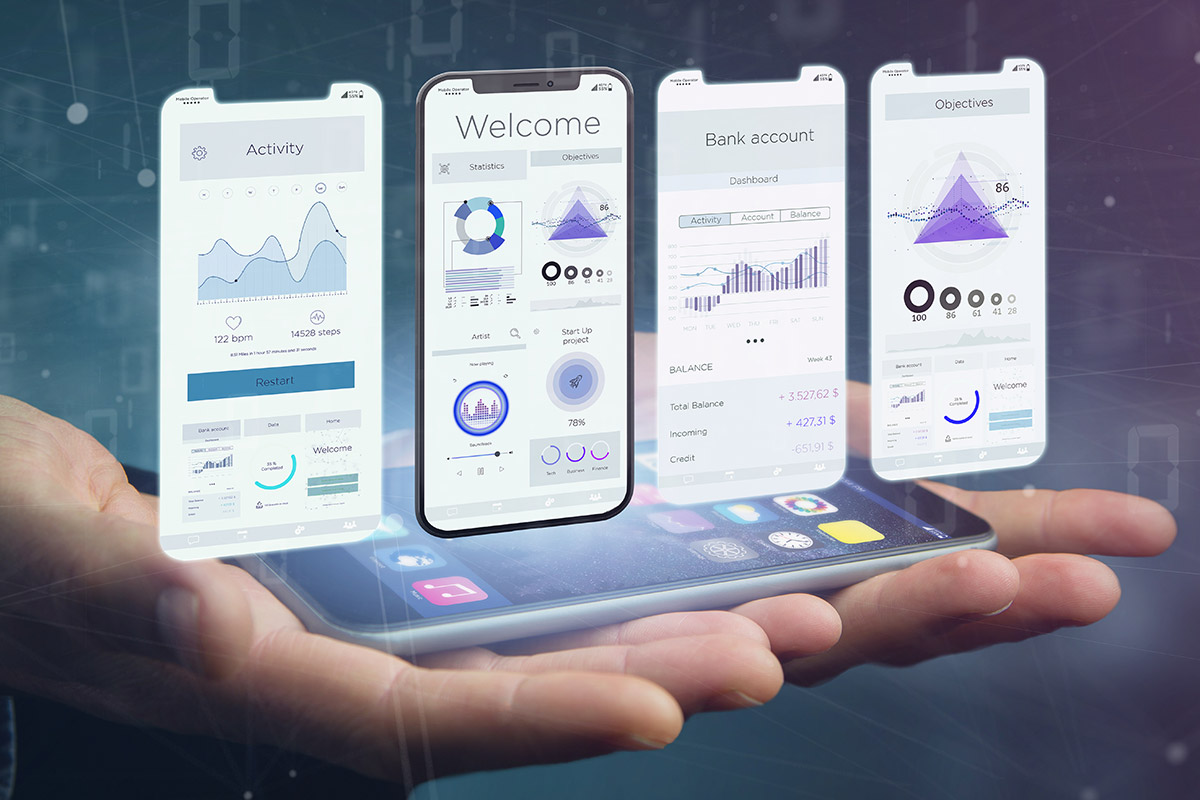Mobile applications are high in demand across several sectors today. For a brief outline, these are software applications that are designed to run on mobile devices such as phones, tablets, or watches. The popularity of mobile apps is because almost everyone across the region owns a mobile phone, and most of these phones are Android devices. Along with this, people spend a large portion of their time browsing websites and/or applications from their android devices. Hence companies and agencies are recommended to develop new Android applications or enhance the features of their existing ones, for remaining relevant in the competition.
Types of Mobile Applications
Three types of mobile applications can be developed. Native Mobile Apps, apps meant for the web and hybrid mobile apps.
- Native mobile apps are applications that are developed for specific platforms such as ordinary mobile phones, smartphones, androids, and iPhones.
- Web Applications are not applications that rest on mobile devices. But web applications can be made responsive to mobile apps.
- Hybrid App combines the elements of Native app and web app together. This type of app is similar to the native app when installed on a device, but it is still a web app. That, it can function on any type of platform.
What are the tools that are required?
The selection of coding languages and/or development tools play a large role in developing the best mobile applications. There are several options and frequent new releases that an experienced mobile application development company can manage. A dedicated team of mobile app developers will understand your requirements accurately, do proper research along with analysis, and will be with you throughout the process. The tools required for a mobile application development process could include,
- Titanium framework: This open-source framework is designed for developing cross-platform mobile applications. Titanium enables the development of feature-rich applications owing to its platform independence. Hence, advanced native device features can be accessed. These features could be GPS, cameras, touchscreen, maps, storage, navigation, contacts, and more.
- jQuery Mobile: The framework enables uniform access for a mobile application from different mobile versions and screen resolutions. Using jQuery, applications can be viewed with all the major web browsers, mobile platforms and operating systems such as Android, Symbian, iOS, as well as Blackberry. In addition, highly customized web applications can be developed with desired color schemes and various CSS aspects of UI.
- React Native: This is an open-source framework that provides a lot of support for IDEs and other mobile application development tools. React Native is considered to be a strong choice for creating Android and iOS-based native applications. It offers lots of plugins while using lesser memory storage.
- Xamarin: This saves a lot of time as it enables code sharing. Across platforms, Xamarin also offers highly efficient interface development tools. The advantages of Xamarin include native UI, access to device-specific features and also native performance.
Each of these tools and/or platforms has its own advantage. But the best choice could vary according to your specific requirements. SGS Technologie can give you the best option.
We are a mobile application development company in Florida with headquarters in Jacksonville along with offices in Tallahassee and Tampa. In addition, we also assist companies in Texas through our base in Frisco. We have immense experience in developing mobile apps as well as enhancing mobile apps for clients in the government along with the private sector. Core features of all mobile apps that we develop are user-friendliness, good performance, easy navigation, good scalability, and the highest security, among others.
Reach out to SGS for more discussions on how to develop the best mobile application for your company.











